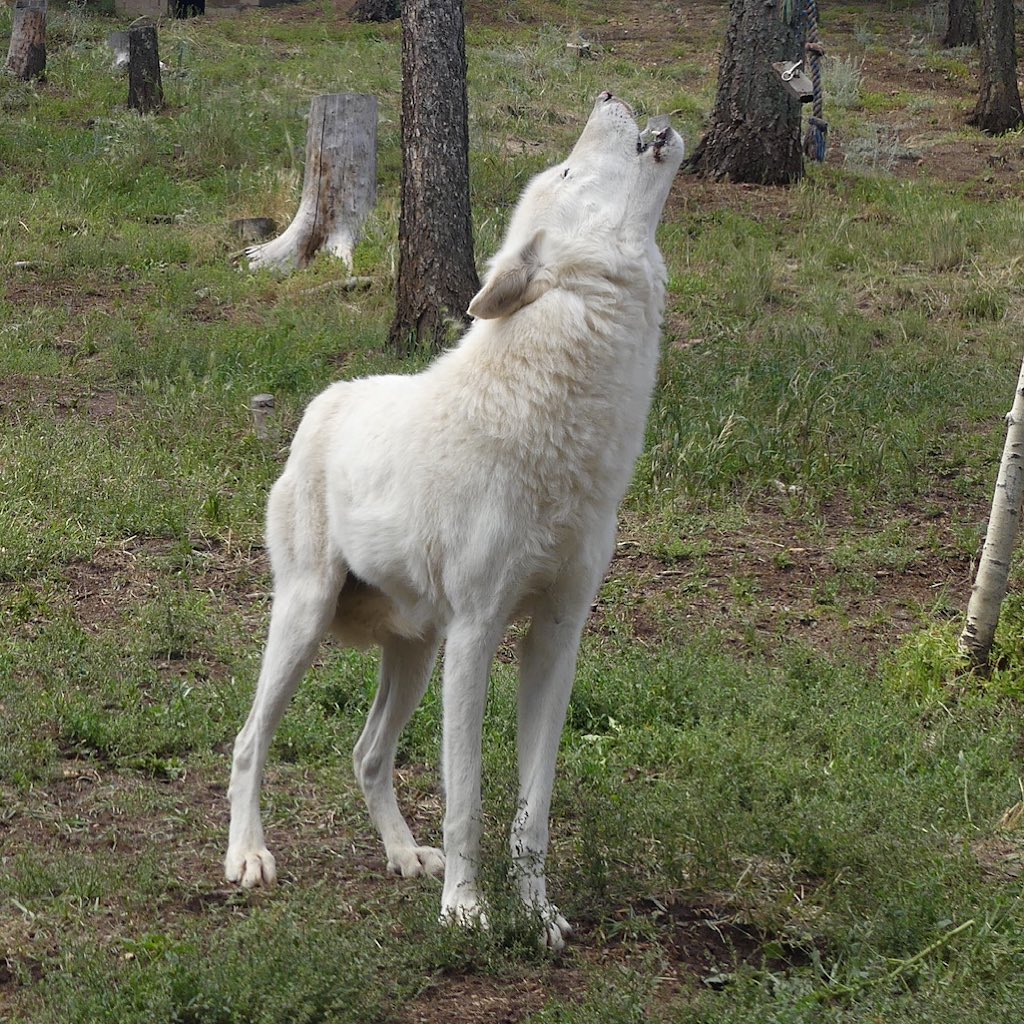Summary:
– Wolves’ howls can be heard up to ten miles away and serve as their long-distance communication method.
– Howling is used by wolves to communicate messages such as pack member location, territory marking, and rallying the pack.
– Wolves possess unique vocalizations and can convey emotions and intentions through their howls.
– The social structure and dynamics within wolf packs rely heavily on howling.
– The long-range carrying capability of wolf howls is essential for survival and maintaining group cohesion.
Did you know a wolf’s howl can be heard up to ten miles away? It’s not just a random act of nature but serves as their long-distance communication method. Howling holds a significance that goes far beyond its haunting beauty. Let’s delve into the intriguing and captivating world of wolf howls, whose acoustic melodies carry messages through vast landscapes.
When a wolf raises its snout towards the moon, opens its vocal cords, and lets out a resounding howl, it’s not merely an act of vocalization. Howling is crucial to the wolf’s life, enabling communication within the pack and beyond. It’s a symphony that resounds in the wilderness, leaving its mark in the hearts of listeners.
The first astonishing fact that strikes us is the remarkable distance over which a wolf’s howl can be heard – ten miles! Such long-range acoustics is an astonishing feat, unmatched by many other members of the animal kingdom. It demonstrates the power and precision of their vocal abilities.
But why do wolves howl? What purpose does it serve? Howling is like a fluent language for wolves, allowing them to convey messages that range from the mundane to the profound. One of its primary functions is to communicate the whereabouts of pack members. By howling, individuals inform the rest of the pack about their location, ensuring they are not separated or lost in the vast expanses of the wilderness.
Additionally, howling acts as a territorial marker for wolves. Packs define their territories through vocalizations and scent marking. The distinct sound of their howls informs other packs and individuals in the vicinity that the area is occupied, warning potential intruders to steer clear. This way, wolves avoid unnecessary and potentially deadly conflicts over territory boundaries.
Moreover, when wolves howl in unison, it serves a unifying purpose. Pack members combine their voices to create a chorus of unity. This collective howl strengthens their bond, reinforcing social ties within the group. Howling acts as a rallying cry, encouraging the pack to assemble and face challenges together.
Their ability to convey emotions and intentions makes wolf howls even more fascinating. It’s a simple vocalization and a nuanced expression of the wolf’s mood. For instance, wolves can express excitement and sorrow or warn others of potential danger through howls. Their vocalizations are rich with information, providing insight into their intricate lives.
The howl of a wolf is a captivating sound that has inspired countless legends, stories, and works of art. It has an ethereal quality that captures both the imagination and scientific curiosity. But the magic doesn’t end there. The social structure and dynamics within wolf packs heavily rely on howling.
In a wolf pack, each member has a unique howl, recognized and distinguished by others. This individuality aids in identifying pack members when they are separated or lost. Such intricate vocal recognition contributes to the cohesive nature of the pack, ensuring that wolves can regroup even in challenging circumstances.
The importance of howling in a wolf pack extends further to breeding and reproduction. Howls function as a communication tool between potential mates. Wolves can detect the distinctively alluring howls of the opposite sex, providing vital information about their reproductive readiness and availability. It’s a musical way for wolves to navigate the complex landscape of courtship and breeding.
The mystery and allure of wolf howls hold endless possibilities for exploration. They provide a window into these magnificent creatures’ captivating and complex world. Wolves demonstrate their resilience, adaptability, and keen social intelligence through their howls.
So, the next time you find yourself in the wilderness, don’t be surprised if the resounding call of a wolf reaches your ears. Instead, let it be a reminder of the wonders of nature, the interconnectedness of all living beings, and the power of communication. Listen closely and let the symphony of their howls touch your soul, reminding you of the beauty within the untamed world of wildlife.
*****
Source Description
Did you know a wolf’s howl can be heard up to ten miles away? Howling serves as the wolf’s long-distance communication. It is used to communicate various things, like where each pack member is, marking territory, or rallying the pack.


